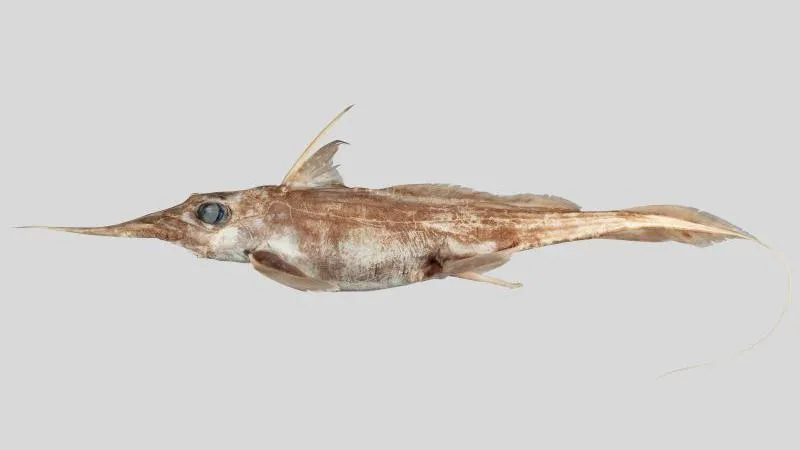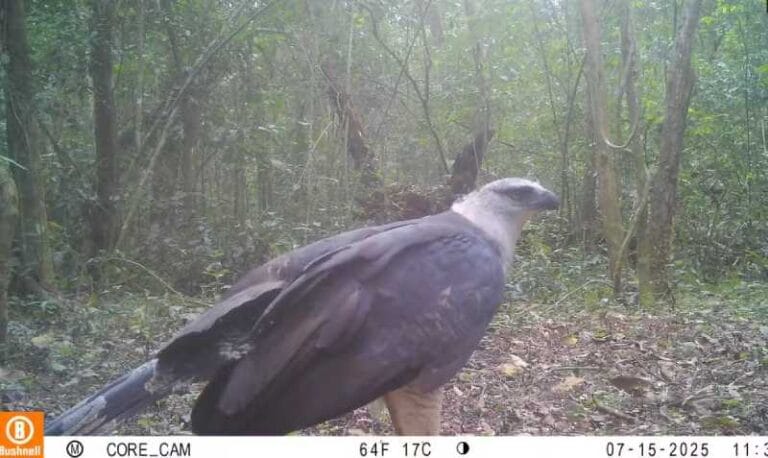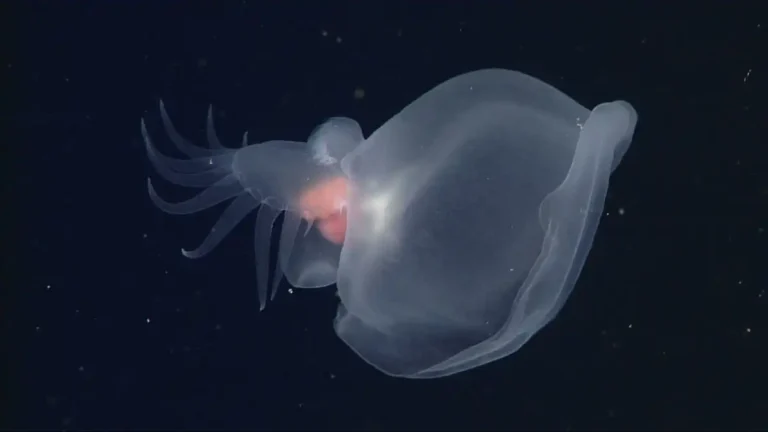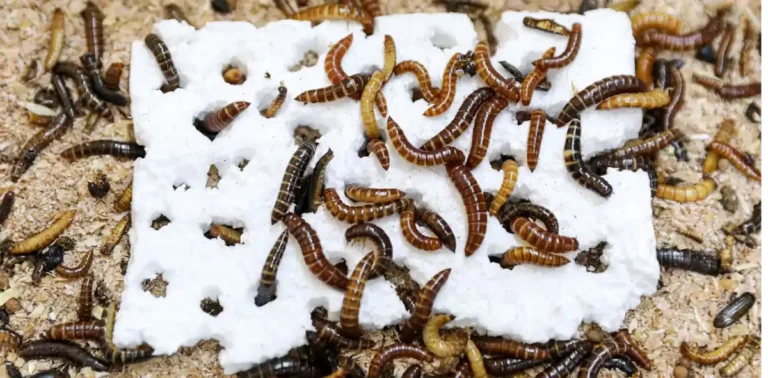New ‘ghost shark’ discovered in New Zealand waters

A new species of “ghost shark,” a rare type of fish that is difficult to observe due to its preference for habitats at great depths in the Pacific Ocean, has been identified by scientists in New Zealand.
Additionally, these creatures are colloquially referred to as “spookfish” or “chimeras.”
They are closely related to sharks and rays. Unlike most fish, they lack scales and have cartilaginous skeletons. Dr. Brit Finucci, one of the scientists who discovered the Australasian narrow-nosed spookfish, described the find as “exciting.”
“Their habitat makes them hard to study and monitor, meaning we don’t know a lot about their biology or threat status,” she said.
Dr. Finucci and other researchers from New Zealand’s National Institute of Water and Atmospheric Research (NIWA) discovered the creature in an area of the ocean floor known as Chatham Rise, which is situated to the east of New Zealand.
Ghost sharks are typically found at depths of up to 2,600 meters (1.6 miles). Dr. Finucci noted that the species is distinguished by its unusually long snout, which can account for up to half of its body length. She has designated the new fish with a scientific name that incorporates a personal element: Harriota avia.
“Avia means grandmother in Latin, I wanted to give this nod to her because she proudly supported me through my career as a scientist,” Dr Finucci explained.
“Chimaeras are also rather ancient relatives – the grandmas and grandpas – of fish and I thought the name was well suited.”
The spookfish was initially considered to be a member of a species that is distributed globally. Subsequent research, however, demonstrated that it exhibited genetic divergence from its congeners and inhabited exclusively the waters of Australia and New Zealand.
Scientists have indicated that such discoveries are of paramount importance, as an enhanced understanding of the species’ biology enables the formulation of optimal conservation strategies.
The full research paper outlining the discovery was published in the journal Environmental Biology of Fishes.






